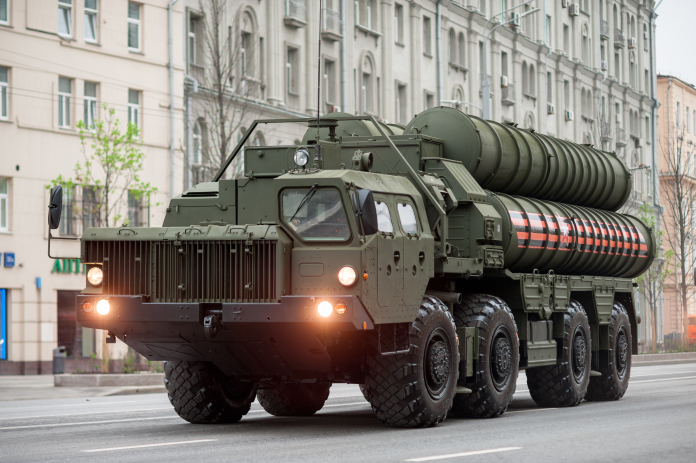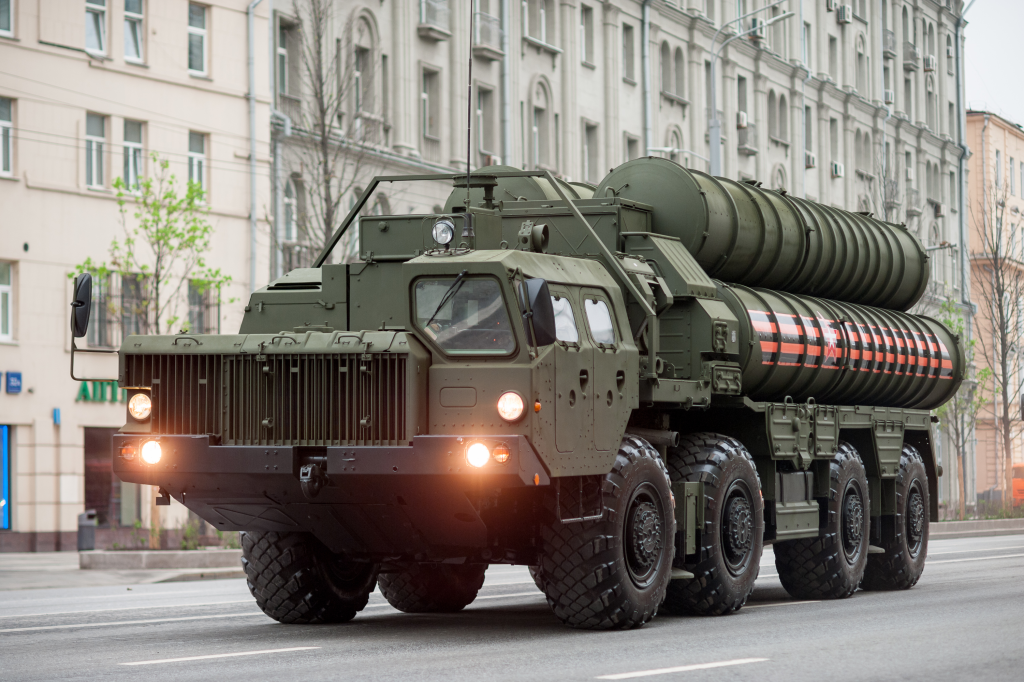
What does it mean when a country sends its troops abroad for training on one of the most advanced air defence systems in the world? For India, the recent deployment of personnel to Russia for intensive S-400 instruction is more than a military exercise-it is a clear signal of strategic intent. The move coincides with high-level negotiations for additional S-400 units and exploratory talks on acquiring the next-generation S-500 Prometheus system.
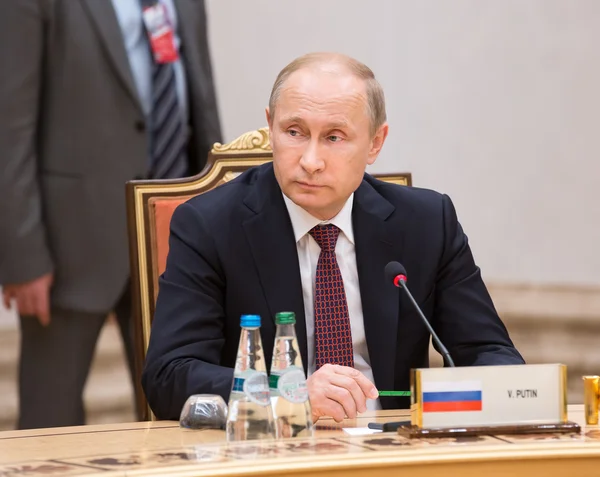
This development comes against the backdrop of increasing regional tensions and changing global alignments. The S-400 has already changed the character of India’s air defence posture and went through its baptism of fire in Operation Sindoor. Ahead of the visit of Russian President Vladimir Putin this December, New Delhi seems all set to go the extra mile in firming up its defense relationship with Moscow-a marriage between operational necessities and geopolitical imperatives.
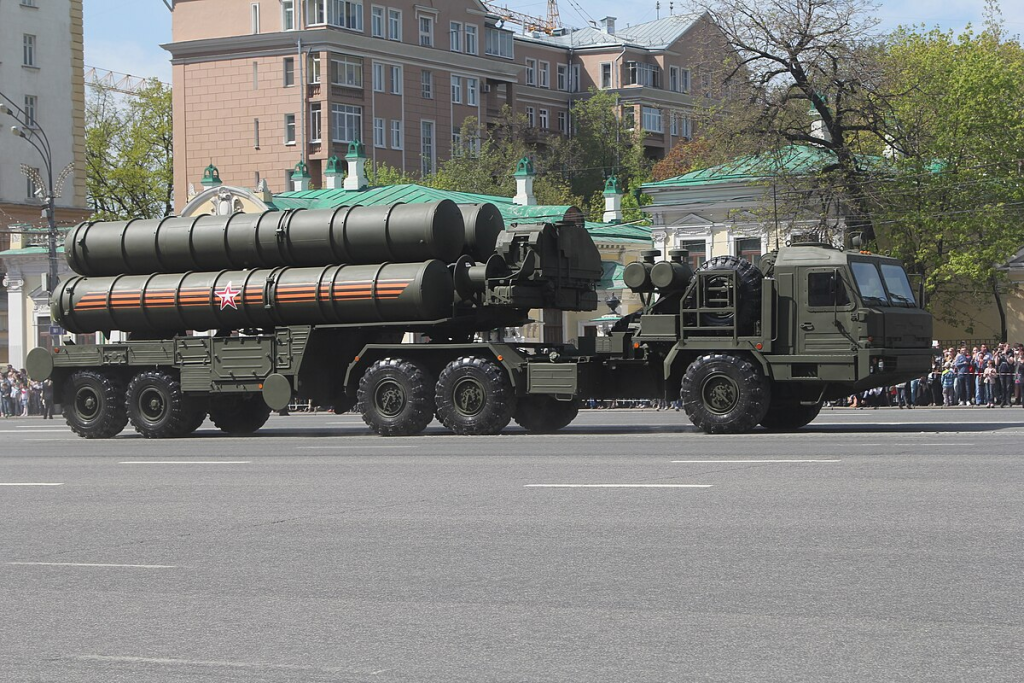
1. Advanced S-400 Training in Russia
Indian military specialists started receiving extensive training in Russia, reportedly with instruction supported by Bauman Moscow State Technical University and the “Almaz” Science and Production Association. The program presumably provides simulator-based exercises resembling various air threat scenarios. This is indicative of an especially deep level of Indo-Russian defense relations, as at least some training had been contractually envisioned as part of India’s original S-400 purchase. Despite Russia’s declining arms exports from 2019 to 2023, India was its top customer with 34 percent.
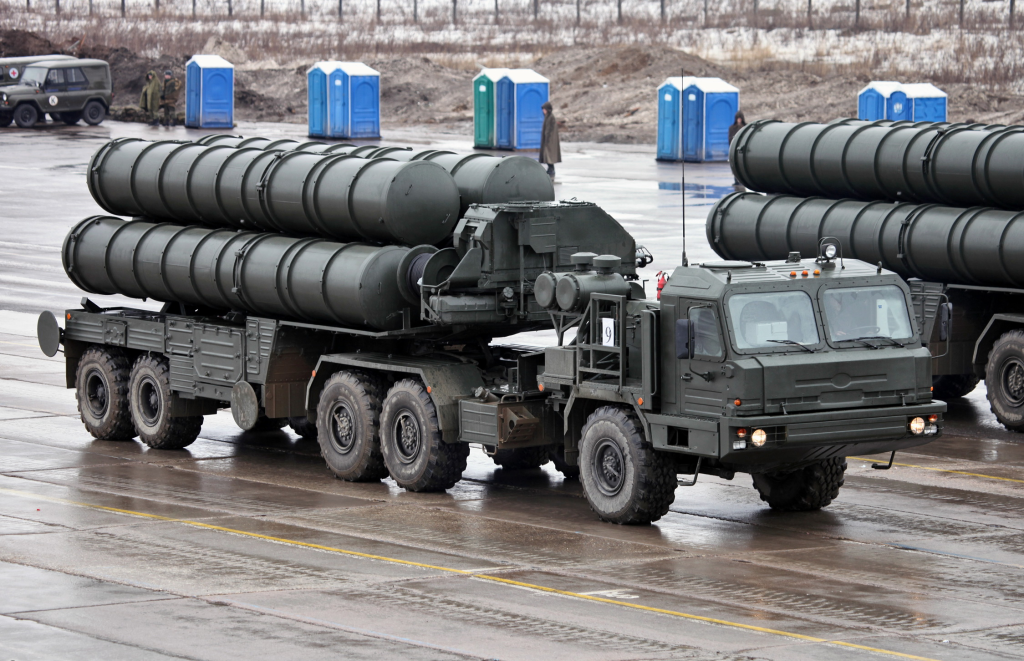
2. Expanding the S-400 Fleet
New Delhi is in advanced talks to purchase three more S-400 units over and above the five ordered in 2018 for $5.5 billion. Three have been delivered so far, while two more are set to be delivered by 2026. The move aims at strengthening India’s multi-tiered air defense network along sensitive borders with Pakistan and China. The negotiations also involve a missile replenishment package valued at around ₹10,000 crore for long- and medium-range interceptors like 40N6E and 48N6DM to maintain sustained operational readiness.
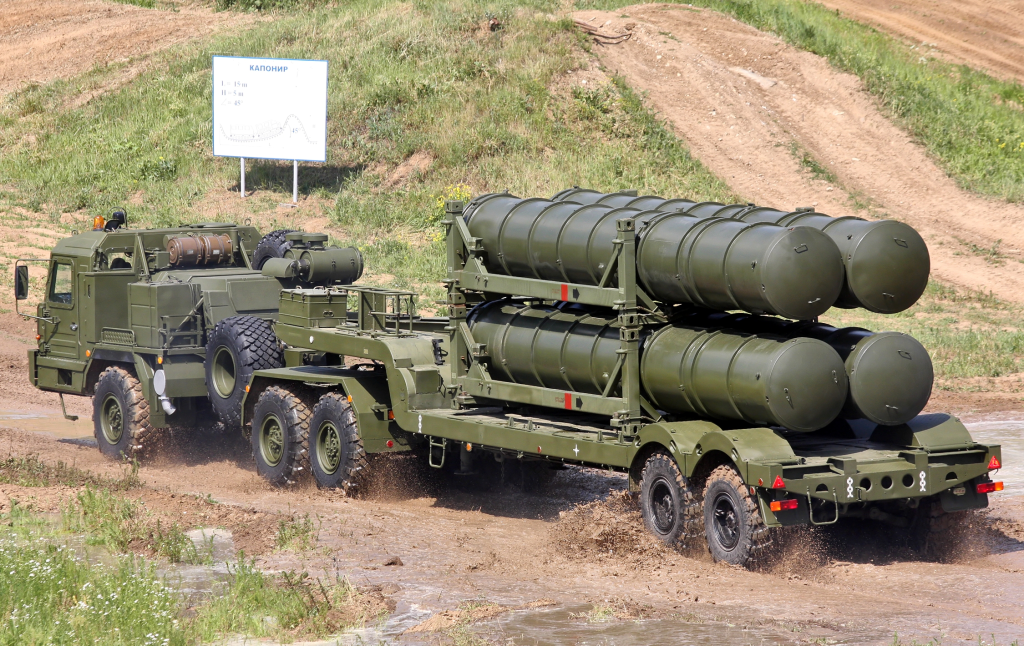
3. Fighting Validation in Operation Sindoor
The first real combat test of India’s S-400 systems in South Asia came with Operation Sindoor in August 2025. It successfully engaged multiple Pakistani targets, including a twin-seat JF-17B and drones, at ranges out to 300 km, Indian defence sources said. The Indian Air Force Chief described the action as “the largest ever recorded surface-to-air kill,” a feat achieved using precision tracking and long-range interceptors. Whilst Pakistan refutes these claims, satellite imagery and radar data cited by Indian intelligence support the operational success narrative.
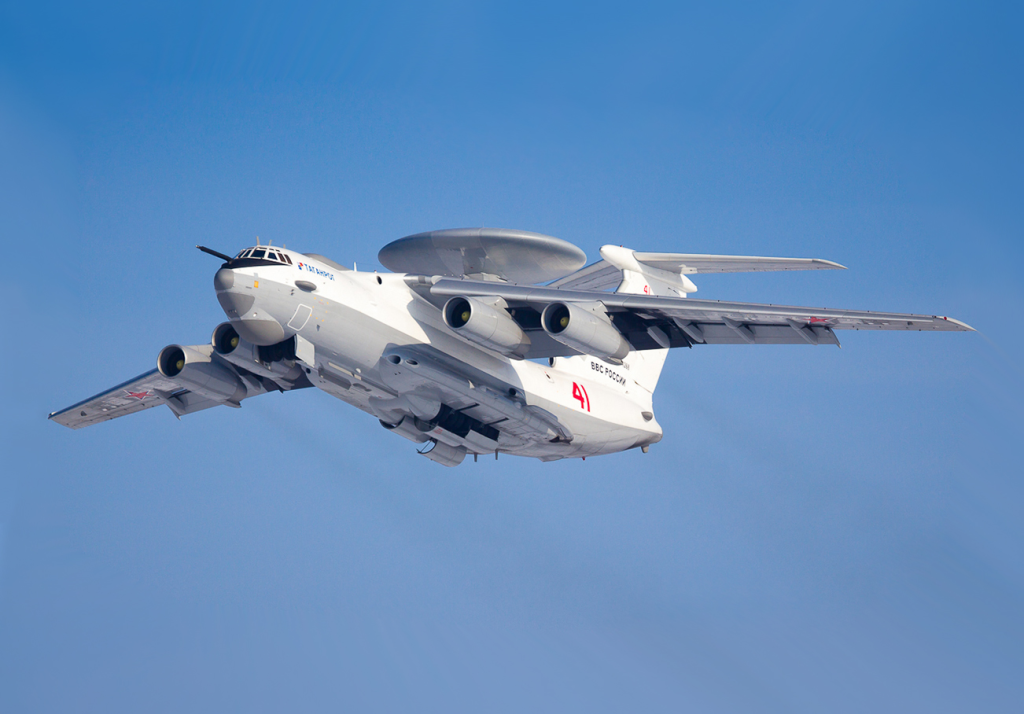
4. Rare Long-Range Engagements
Long-range kills of 300 km are extremely rare in modern combat. The S-400’s ability to maintain a firing solution over such distance puts it in an exclusive category of air defence systems. Comparable engagements such as Ukraine’s claimed 200 km intercept of a Russian A-50 place the technical challenge in context. Indian officers note that the S-400’s touted 400 km range kept adversary fighters beyond the launch distance for glide bombs, effectively neutralising certain strike capabilities before they could be employed.
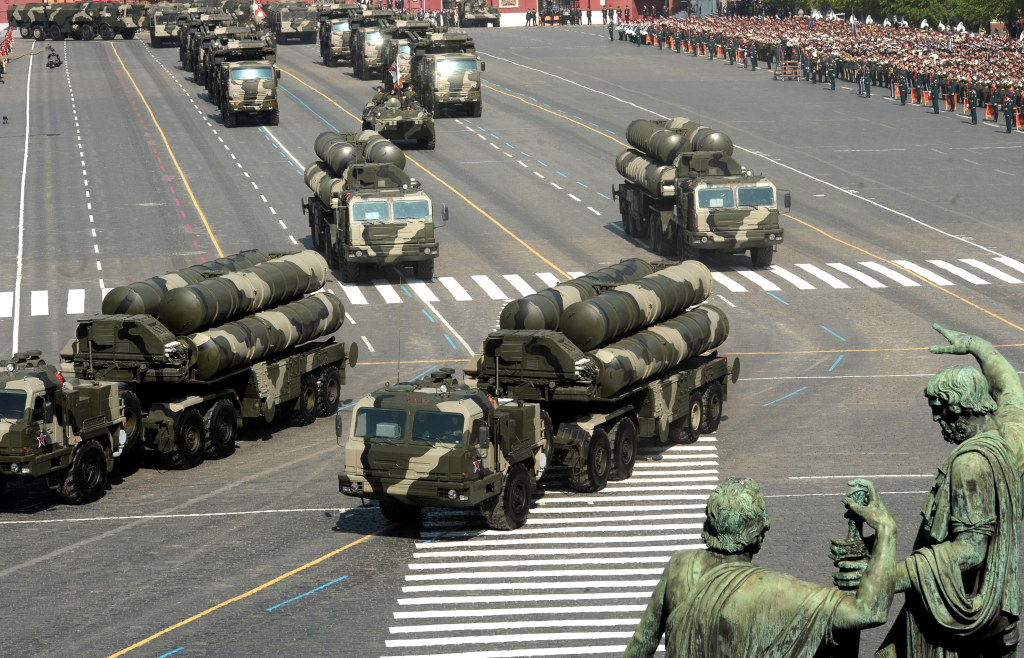
5. Strategic Autonomy and Procurement Risks
India’s pursuit of more S-400s and missiles is a reflection of its priority for operational capability over diplomatic friction. The shadow of the CAATSA sanctions framework of the United States looms large over such deals, but Washington has held back from penal action against India in recognition of its role in balancing China. But the war in Ukraine has stretched the reliability of Russia as a supplier in terms of the delivery schedule. India’s approach, thus, essentially balances immediate defence needs with long-term self-reliance through technology transfer and local production.
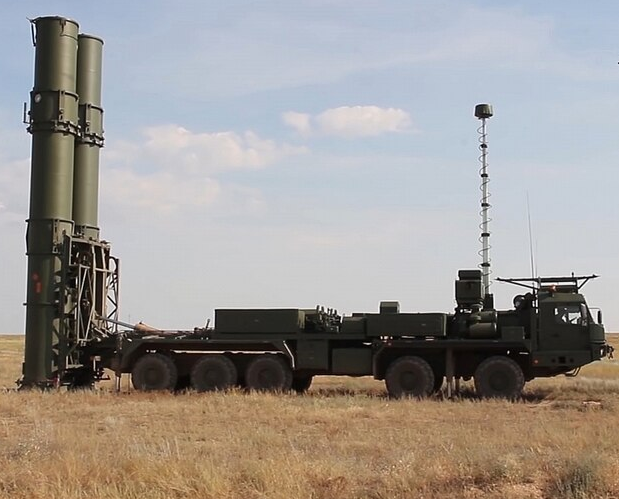
6. S-500 Prometheus: The Next Leap
Discussions have started for the procurement of the S-500, capable of intercepting hypersonic missiles, stealth planes, and low-orbit satellites. The S-500 would extend India’s defensive envelope with its detection range of up to 600 km and engagement altitudes as high as 200 km. Its advanced radar can track multiple targets across different altitudes, offering resilience against saturation attacks. The S-500, should it be procured, would complement the S-400 in a multi-layered architecture that would progressively enhance India’s anti-access/area denial capabilities.
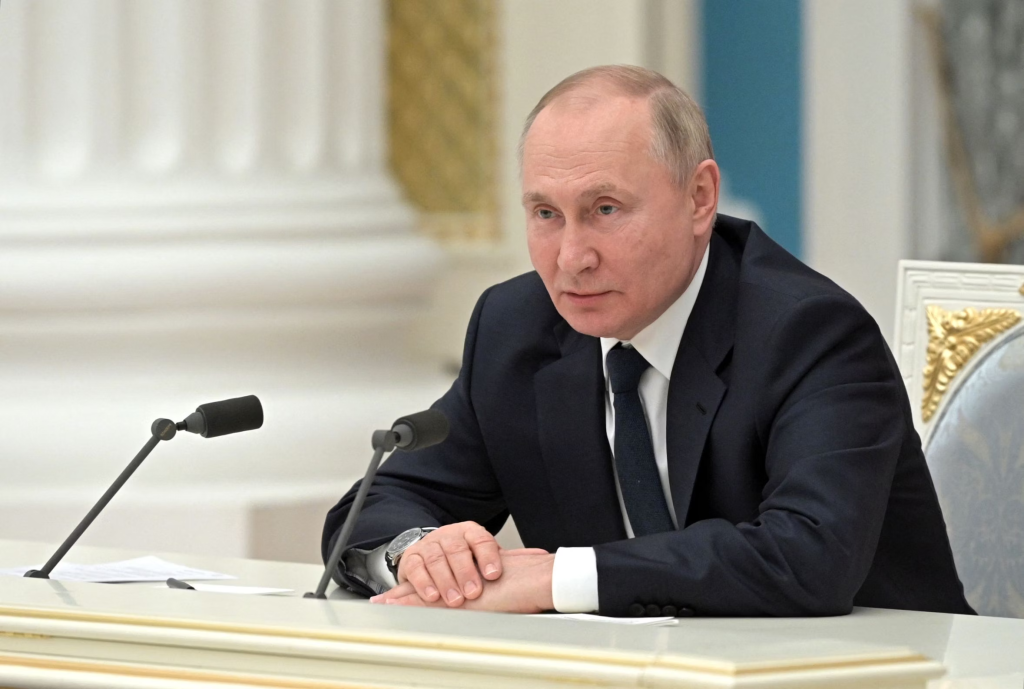
7. Diplomatic Context of Putin’s Visit
A number of defence agreements are likely to be finalized during the proposed visit of Russian President Vladimir Putin in December. Preparatory talks led by Foreign Minister Sergey Lavrov have underlined the “particularly privileged strategic partnership” between the two countries. The visit will take place against the backdrop of an increasingly complex set of global dynamics, such as Russia’s closer tilt towards China, and ongoing US tariffs on Indian goods.
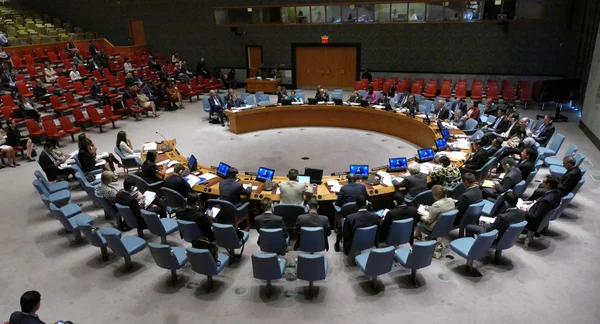
The political dimension of this defence cooperation is reemphasized by Moscow’s support for India’s candidature for a permanent UN Security Council seat. Accelerated training, procurement, and negotiations for advanced air defence systems have marked a defining phase in the military modernization of India. The battlefield performance of the S-400 has strengthened further New Delhi’s confidence in Russian technology, while the prospect of the S-500 acquisition underlines ambition to stay ahead of evolving aerial threats. Balancing these moves with geopolitical realities-managing US pressure, ensuring Russian delivery reliability, and safeguarding strategic autonomy-will define the success of India’s defence posture in the coming decade.
